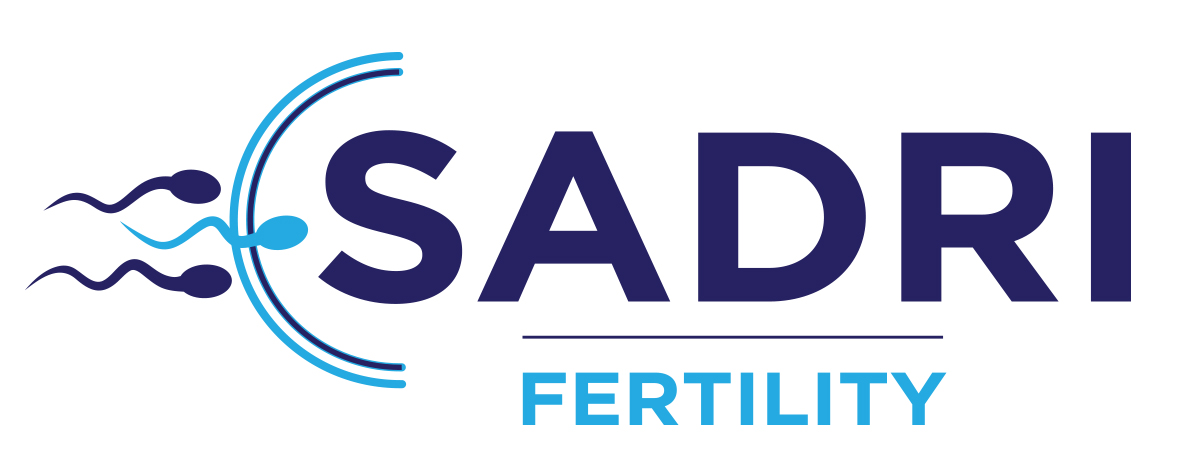
MALE INFERTILITY
Micro TESE

Microscopic testicular sperm extraction (microTESE) is a procedure that takes sperm directly from the testicular tissue of a man’s reproductive system. If a man can’t release or make enough healthy sperm naturally, this medical procedure may be recommended for fertility reasons (to enable the man to father a child). The testicular tissue is found in the two testes, where the sperm is made. The testes are found inside the scrotum, the small sac behind and under the penis.
The goals of the microTESE procedure are to:
- Obtain the best quality sperm.
- Get enough sperm to fertilize an egg from a woman.
- Minimize damage to the reproductive organs.
Vasectomy Reversal

A vasectomy reversal is a surgery performed to reconnect the vas deferens after a previous vasectomy. Up to six percent of men (approximately 30,000 men each year), change their minds after vasectomy and wish to father children again.
One misconception is that after some time, a vasectomy reversal is no longer possible. While the age of the vasectomy is a factor, there is no time cutoff where a vasectomy reversal will not work. Our patients have high success rates, even decades after a vasectomy. Our experts have performed successful reversals with vasectomies performed more than 30 years prior.
The goal of a vasectomy reversal is to bypass the point of obstruction. The initial vasectomy causes blockage in the vas deferens, but additional blockage points can occur as well after the vasectomy. During the procedure, we will:
- Identify the level of blockage.
- Analyze the fluid’s color, consistency, and contents to determine the type of vasectomy procedure.
- Perform the vasectomy reversal procedure.
- The surgery takes between 2 to 3 hours and is an outpatient procedure. You do not need to stay overnight in the hospital.
The effectiveness of a vasectomy reversal is up to 90-95 percent.
EEJ (Electroejaculation)

EEJ Services are a specialized option at the Sardi Fertility. We have the technology to provide this service that allows men unable to ejaculate to conceive a child. Conditions that lead to an inability to ejaculate (anejaculation) include:
- spinal cord injury (SCI)
- multiple sclerosis
- severe erectile dysfunction
- diabetes, and
- following certain abdominal surgery
Electroejaculation (EEJ) is safe and effective, sperm can be used for intrauterine insemination or in vitro fertilization. The procedure is generally performed under a general anesthetic although some patients can be treated in the office without anesthesia.
Please contact us with any questions or to book an appointment.
